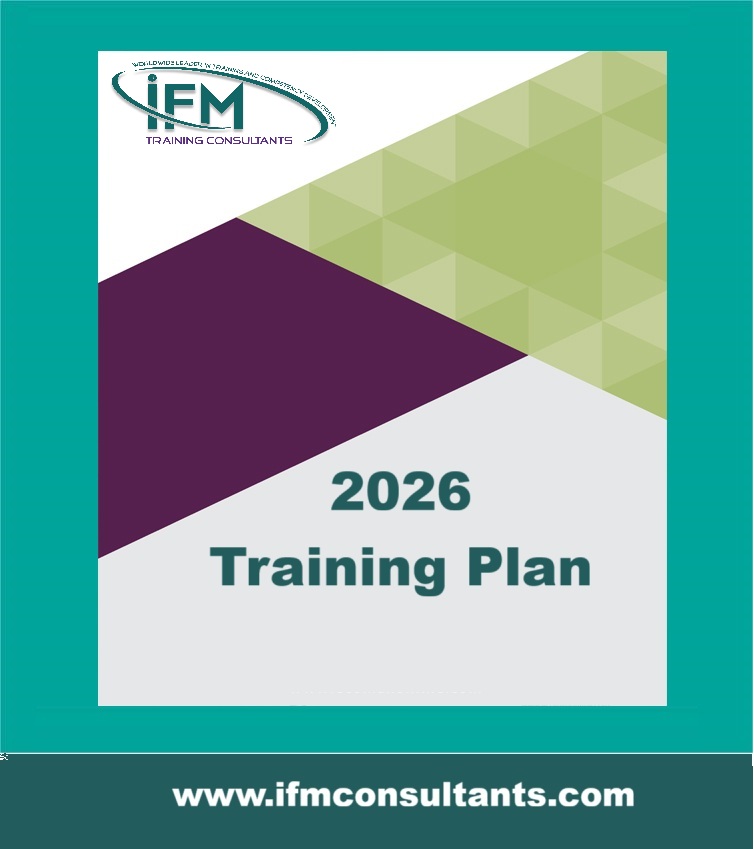Corrosion and Cathodic Protection (CPI)
| Start Date | End Date | Venue | Fees (US $) | ||
|---|---|---|---|---|---|
| Corrosion and Cathodic Protection (CPI) | 16 Nov 2025 | 20 Nov 2025 | Istanbul, Turkey | $ 4,500 | Register |

Corrosion and Cathodic Protection (CPI)
| Start Date | End Date | Venue | Fees (US $) | |
|---|---|---|---|---|
| Corrosion and Cathodic Protection (CPI) | 16 Nov 2025 | 20 Nov 2025 | Istanbul, Turkey | $ 4,500 |
Introduction
Premature failure of critical components like pipelines, tanks, pressure vessels, boilers and related equipment, heat exchangers, and welded joints often results in operating downtime, loss of production, environmental pollution, and in some cases, loss of human life. Corrosion is the primary cause of failure of components in the oil, gas, petrochemical, and other process industries.
Millions of dollars are spent every year by these industries to combat corrosion. A proper understanding of the subject helps engineers to mitigate corrosion and to monitor it on a periodic basis, based on which, corrective actions can be taken. Cathodic Protection (CP) is one of the main methods of combating the corrosion of buried and submerged structures. The course first covers the basics of corrosion in general and electrochemical corrosion in particular and then focuses on the Cathodic Protection methodology as well as CP practices.
Objectives
- To layout the fundamental theories of corrosion,
- To enable the attendees to grasp the basics of electrochemical nature of corrosion, To present different forms of corrosion from various mechanisms and related environmental factors
- To understand cathodic protection how works
- To understand the Criteria for cathodic protection,
- To learn about potential measurement, current requirements, anodic materials, etc.
- To understand system design including bed design, cabling and so on,
- To know how stray currents are controlled,
- To learn about certain specific applications of cathodic protection,
- To Know about Inspection of CP system, Selection of inspection points, Elements of Corrosion Monitoring
- Systems and Monitoring Intervals (API 651)
By the end of the course you should be able to:
Training Methodology
This is an interactive course. There will be open question and answer sessions, regular group exercises and activities, videos, case studies, and presentations on best practice. Participants will have the opportunity to share with the facilitator and other participants on what works well and not so well for them, as well as work on issues from their own organizations. The online course is conducted online using MS-Teams/ClickMeeting.
Who Should Attend?
All engineers working in maintenance and inspection; whether they are mechanical or electrical engineers should attend this course. This course will also prove as a refresher for design engineers and corrosion engineers. Plant engineers concerned with corrosion protection of tanks, pipelines, pressure vessels will also find this course useful.
Course Outline
Corrosion Fundamentals:
- What is corrosion, Forms of corrosion
- Corrosion as an Electrochemical Reaction
- General Forms of Electrochemical Reactions
- Controlling Corrosion Rate by Controlling of Oxidation/Reduction
- Reaction
- Polarization and Passivation
- Electrolytes, Electrodes, Electrochemical cells
- Electrochemical Potentials, Standard Electrode Potentials,
- Galvanic Series
- Thermodynamic Concepts and Pourbaix Diagrams
- Area Effect, Distance Effect, Effect of Environment
Forms of Corrosion:
- Uniform Corrosion and Pitting Corrosion
- Galvanic Corrosion, Crevice Corrosion
- Intergranular Corrosion, Selective Leaching/Deploying
- Erosion-Corrosion, Stress Corrosion, Hydrogen Embrittlement
- Sulphide Stress Cracking (SSC) and Stress Orientated Hydrogen
- Induced Cracking (SOHIC)
Cathodic Protection:
- Impressed Current Method
- Protection Criteria and Measuring Potentials for Protection
- Criteria
- Current Requirements Impressed Current Anodes and
- Anodic Materials
- Wiring and Cabling of Anodes, Backfill/ Ground Beds for Anodes
- System Design
- Distribution of Current and Interference, Stray Currents,
- Controlling Stray Currents
- Sacrificial Anode Method
- Anode Specifications Anode Materials and Performance
- Characteristics
- Sacrificial Anode System--Design for Buried Structures in
- Soils.
- Cathodic Protection Formulas
- General Comments—Requirements for Specific Applications
- Pipe Line Applications, Fixed Structures in Sea Water
- Piles and Well Casings
- Limitations of Cathodic Protection
Corrosion Inspection and Monitoring:
- Inspection Selection of inspection points
- Elements of Corrosion Monitoring Systems
- Monitoring Intervals (API 651)
Corrosion Prevention—Other Methods:
- Selection of Metals and Alloys
- Modification of Environments
- Design Improvements
- Anodic Protection
- Coatings and linings

















